How To Lower Alkalinity In Your Swimming Pool Quickly
Step-by-Step Guide to Lower Alkalinity
January 16th, 2025
January 16th, 2025
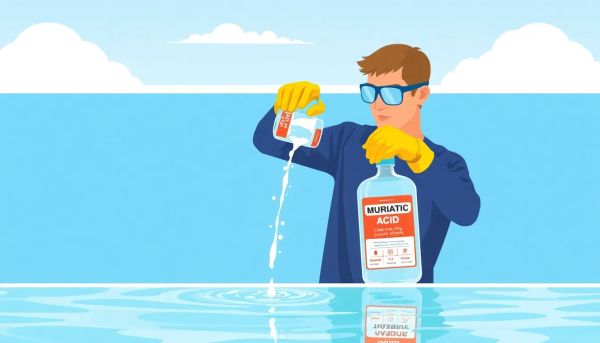
When your pool’s alkalinity level climbs above 150 ppm, it’s time to take action. High alkalinity can cause various issues, from cloudy water and scaling to uncomfortable swimming conditions. Fortunately, reducing alkalinity can be done easily with the right steps and a bit of know-how. This guide will take you through everything you need to understand about alkalinity, its impact on pool health, and how to safely lower alkalinity in your pool using either muriatic acid or sodium bisulfate.
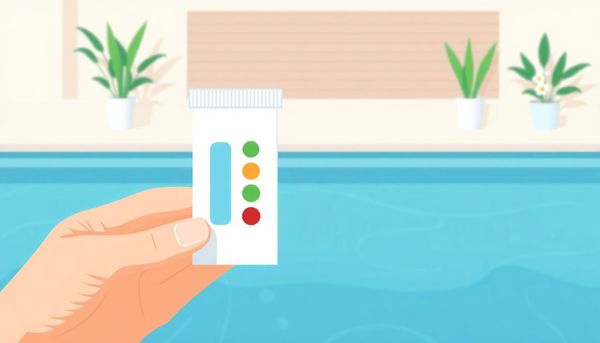
Total alkalinity is a measure of the water's ability to buffer pH changes. It essentially stabilizes the pH, preventing it from fluctuating dramatically. Balanced alkalinity is vital to maintaining safe, clean, and clear pool water because it directly affects:
The ideal total alkalinity for pools is between 80 and 120 ppm. If alkalinity is too low, the pH will fluctuate, causing corrosive water that can damage pool surfaces and equipment. If it’s too high, pH levels become difficult to adjust, affecting chlorine effectiveness and leading to issues like cloudy water and scaling.
Alkalinity and pH are closely linked, making it essential to balance both. Here’s how they interact:
High Alkalinity: Causes the pH level to rise. As alkalinity buffers pH, if it is too high, it prevents the pH from lowering naturally, even with the addition of acid. This can lead to a higher-than-normal pH, which reduces chlorine effectiveness and creates cloudy water.
Low Alkalinity: Causes pH to fluctuate, sometimes rapidly, making it harder to maintain consistent pool chemistry. A low alkalinity level means there isn’t enough buffer in the water to stabilize pH, so any minor addition (like pool shock) could drastically alter pH levels.
High alkalinity can reduce the efficiency of chlorine, as it makes the water more basic (high pH). Chlorine works best in water with a pH between 7.2 and 7.8, so high alkalinity can force you to use more chlorine to keep the water sanitized. Regular testing and balancing of alkalinity and pH help keep chlorine levels manageable and effective.
There are several factors that can increase your pool's alkalinity levels:
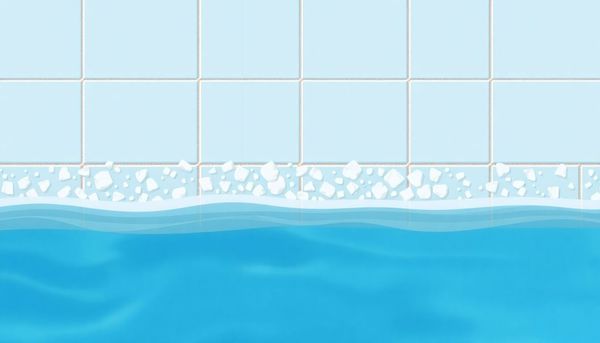
High alkalinity impacts nearly every aspect of your pool, from water quality to equipment functionality. Here’s what you can expect if alkalinity levels remain too high:
High alkalinity is often the culprit behind cloudy water. When total alkalinity levels rise, calcium levels can increase, leading to cloudy water with visible particles floating in it. If your pool looks dull or hazy, alkalinity should be one of the first things to test.
As mentioned earlier, high alkalinity pushes pH higher, which weakens chlorine’s sanitizing power. This can lead to inefficient sanitation, creating an environment where bacteria and algae are more likely to thrive.
Unbalanced pool water can irritate swimmers’ skin and eyes. High alkalinity combined with high pH can make swimming uncomfortable and even lead to skin and eye irritation, which could discourage pool use.
Calcium scaling is another common result of high alkalinity. When calcium levels combine with elevated alkalinity, scaling can occur on surfaces and equipment, eventually clogging filters and reducing water flow.
To reduce high alkalinity, two primary chemicals are recommended: muriatic acid and sodium bisulfate (also known as dry acid). Here’s how each method works:
Muriatic acid is a potent liquid acid that’s highly effective at lowering alkalinity and pH. It’s similar to hydrochloric acid but less concentrated. It can be dangerous if not handled correctly, so wear appropriate protective gear and follow these steps carefully.
Note: Always handle muriatic acid with caution, and make sure to dilute it if required by the manufacturer’s instructions.
| Your Starting pH Levels | 1,000 Gallons (4,546 Liters) | 5,000 Gallons (18,927 Liters) | 10,000 Gallons (37,854 Liters) | 15,000 Gallons (56,781 Liters) | 20,000 Gallons (75,708 Liters) |
|---|---|---|---|---|---|
| 7.6 - 7.8 | 1.25 oz / 35 ml | 6 oz / 170 ml | 12 oz / 340 ml | 18 oz / 510 ml | 24 oz / 680 ml |
| 7.8 - 8.0 | 1.5 oz / 45 ml | 8 oz / 227 ml | 16 oz / 454 ml | 24 oz / 681 ml | 1 qt / 907 ml |
| 8.0 - 8.4 | 2.5 oz / 71 ml | 12 oz / 340 ml | 24 oz / 680 ml | 1.25 qts / 1.18 L | 1.5 qts / 1.42 L |
| Above 8.4 | 3.0 oz / 85 ml | 16 oz / 454 ml | 1 qt / 907 ml | 1.5 qts / 1.42 L | 2 qts / 1.89 L |
Muriatic acid fumes are strong and potentially hazardous. Always work in a well-ventilated area, wear gloves, safety goggles, and a mask, and never add water to acid directly, as it can cause splashing. Be cautious of splashing or spilling.
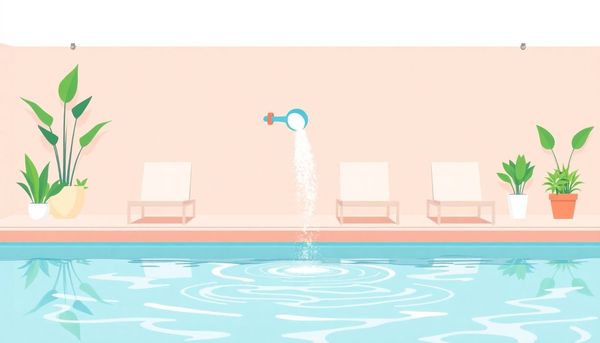
Sodium bisulfate is a dry acid often marketed as “pH decreaser” or “pH down.” It works similarly to muriatic acid, lowering both pH and alkalinity, but it’s generally safer and easier to handle.
Note: Sodium bisulfate is more expensive than muriatic acid and must be stored in a dry place. Avoid moisture, as it can clump.
While safer to handle than muriatic acid, sodium bisulfate is pricier and less commonly available. However, its granular form can make it a preferred choice for home use.
After adding acid to lower alkalinity, you may find that pH has dropped too low. Aeration is a useful technique for raising pH without increasing alkalinity. Introducing air into the water encourages CO₂ release, naturally increasing pH levels without impacting alkalinity.
Aeration is a slower process but can help stabilize pH if needed after acid treatment.
If your alkalinity remains elevated, try repeating the acid treatment over several days. It’s best to lower alkalinity gradually to avoid a rapid drop in pH, which can create other imbalances. Check other factors like source water and CYA levels, which could be contributing to high alkalinity.
Preventative measures can reduce the frequency of alkalinity issues:
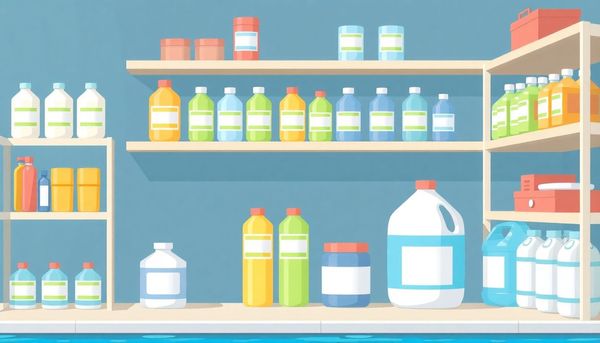
Maintaining balanced alkalinity is easier when you adopt a routine maintenance schedule. Here are some extra tips to keep alkalinity in check:
Proper alkalinity is a crucial aspect of maintaining a healthy, balanced swimming pool. High alkalinity can lead to issues such as cloudy water, skin irritation, reduced chlorine effectiveness, and scaling. By monitoring your pool’s chemistry and understanding how alkalinity and pH interact, you can avoid these common problems.
By following these steps and routinely balancing your water, you can keep your pool sparkling clear, comfortable, and always ready for use. Remember, a well-balanced pool is the cornerstone of enjoyable, hassle-free swimming all season long.
Lower your alkalinity in just a few quick and easy steps